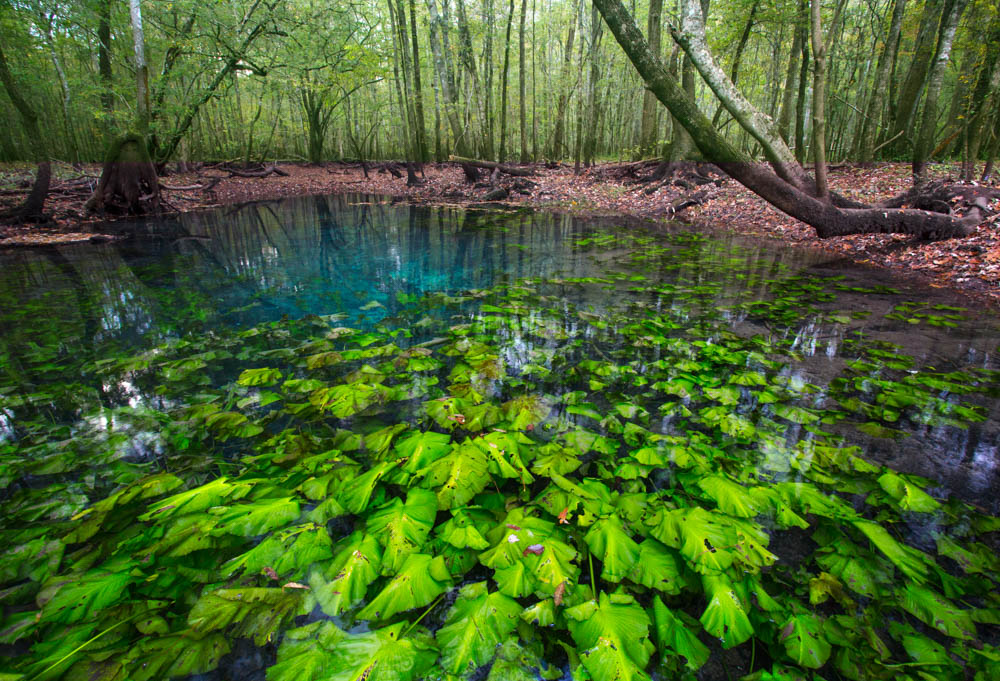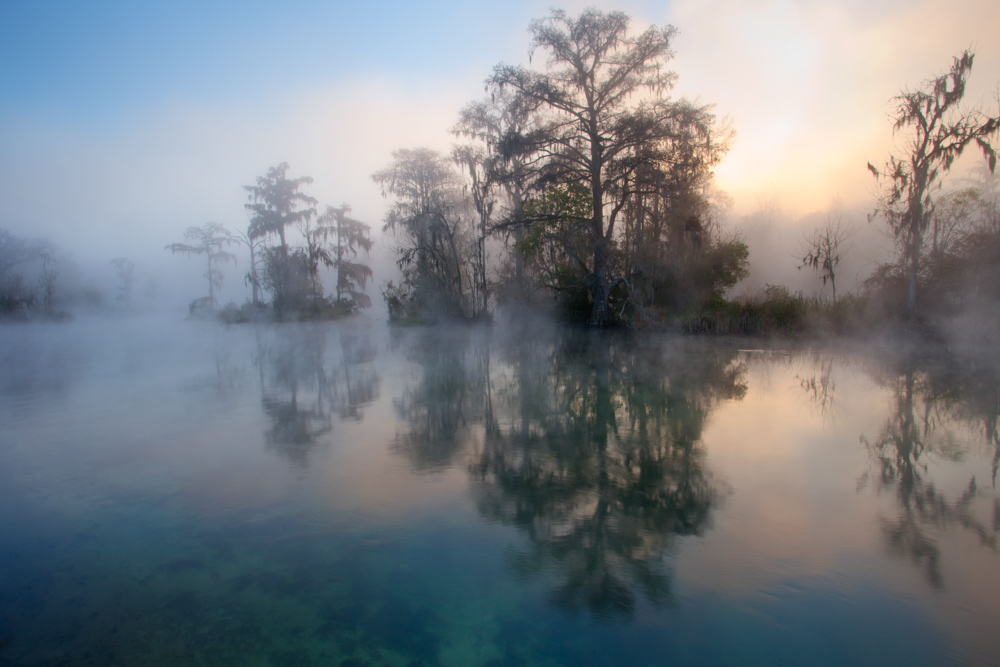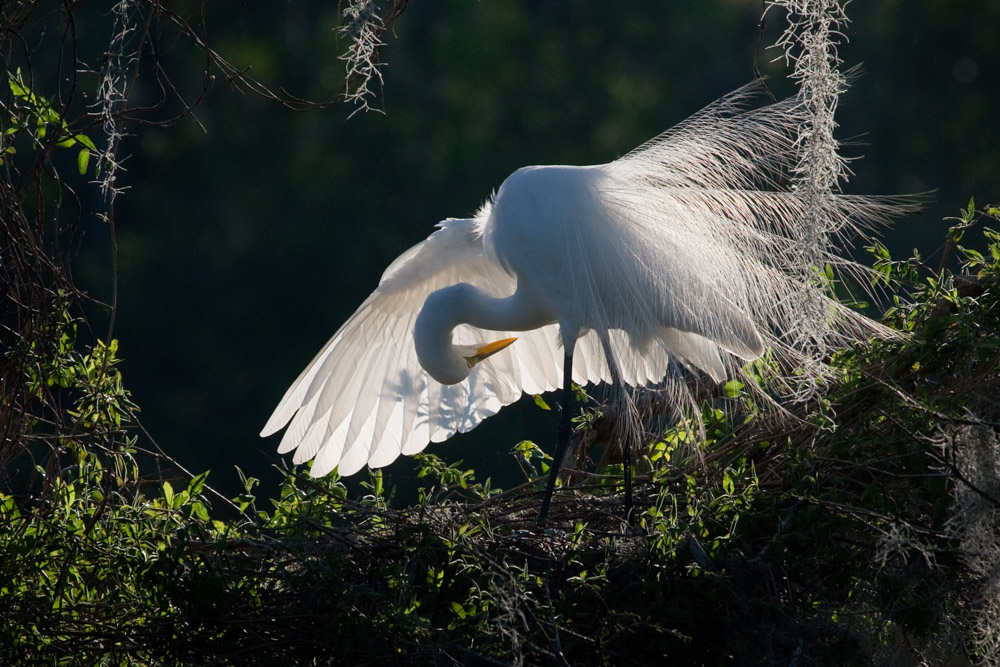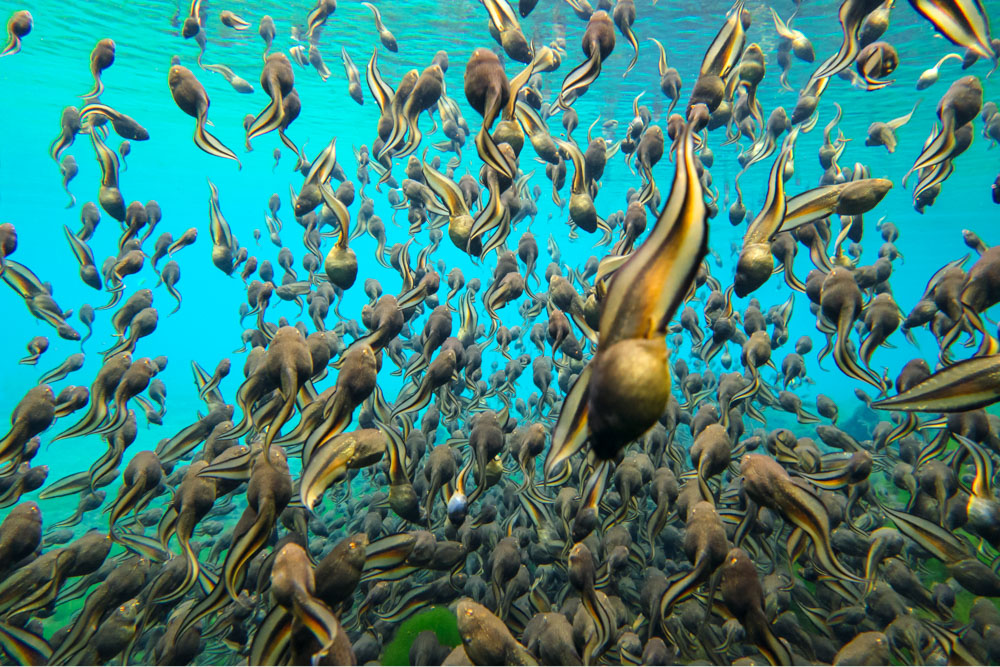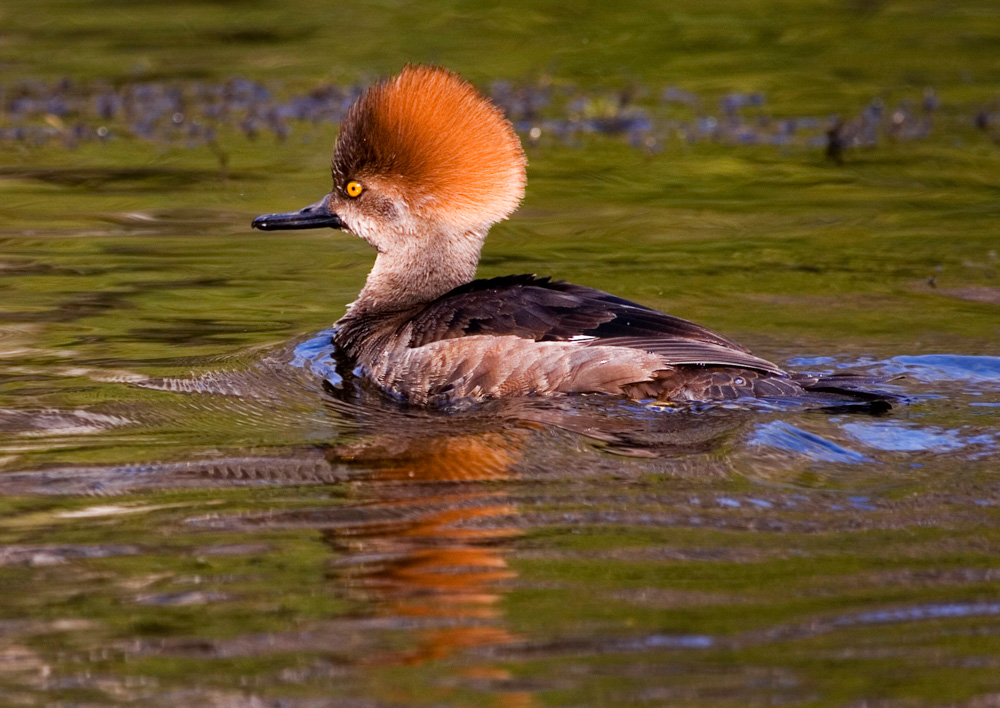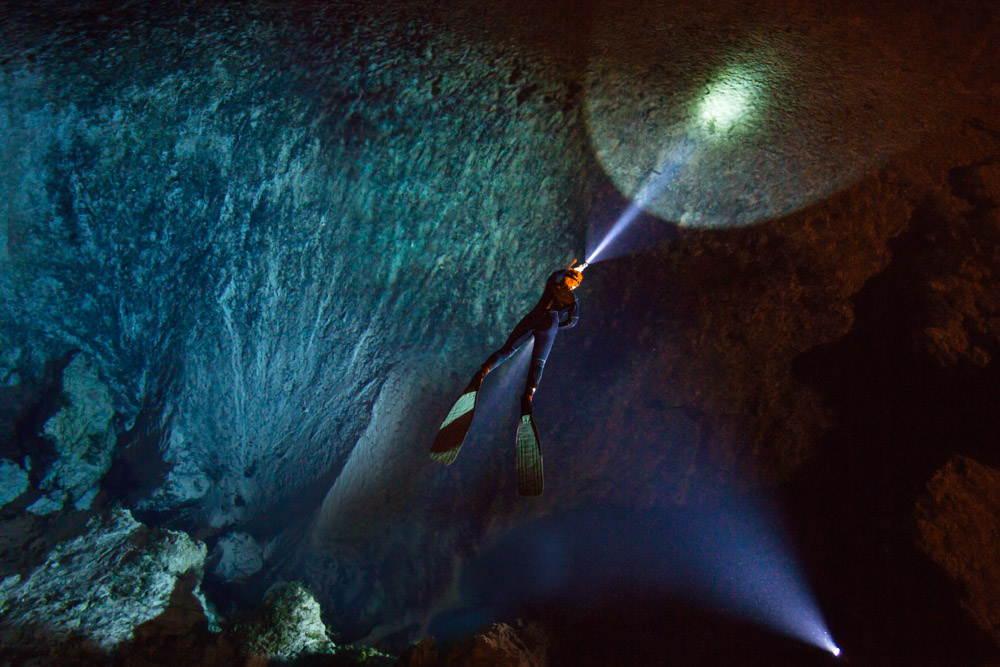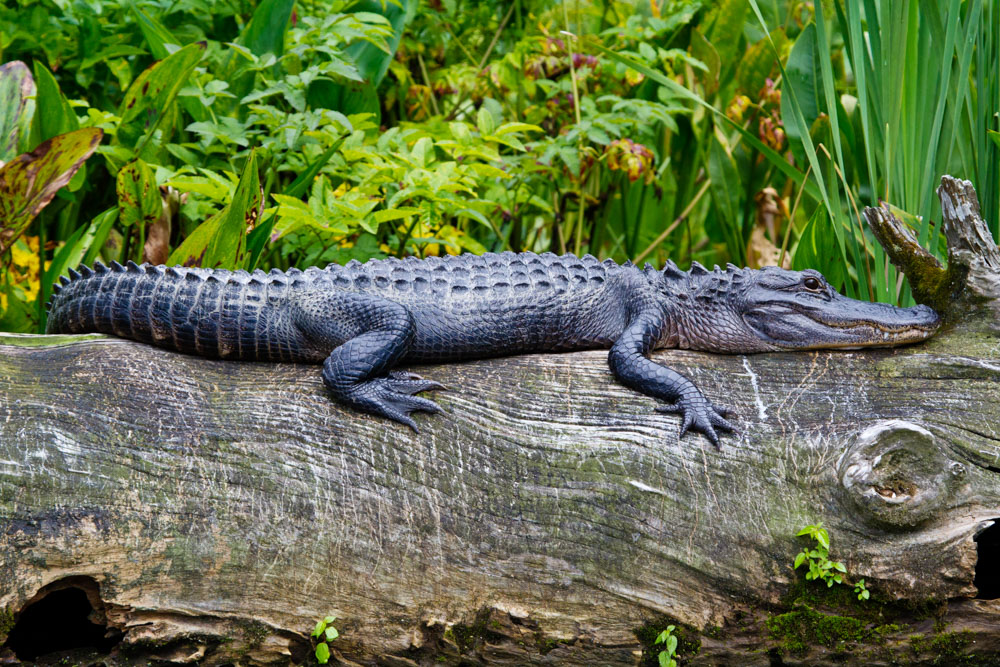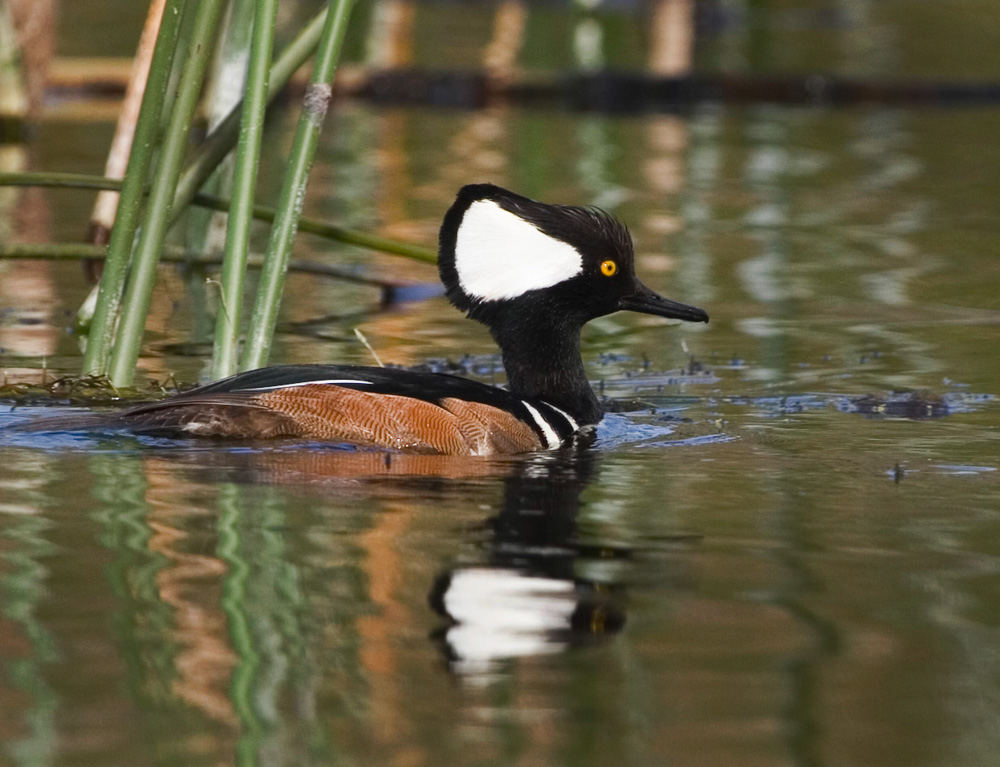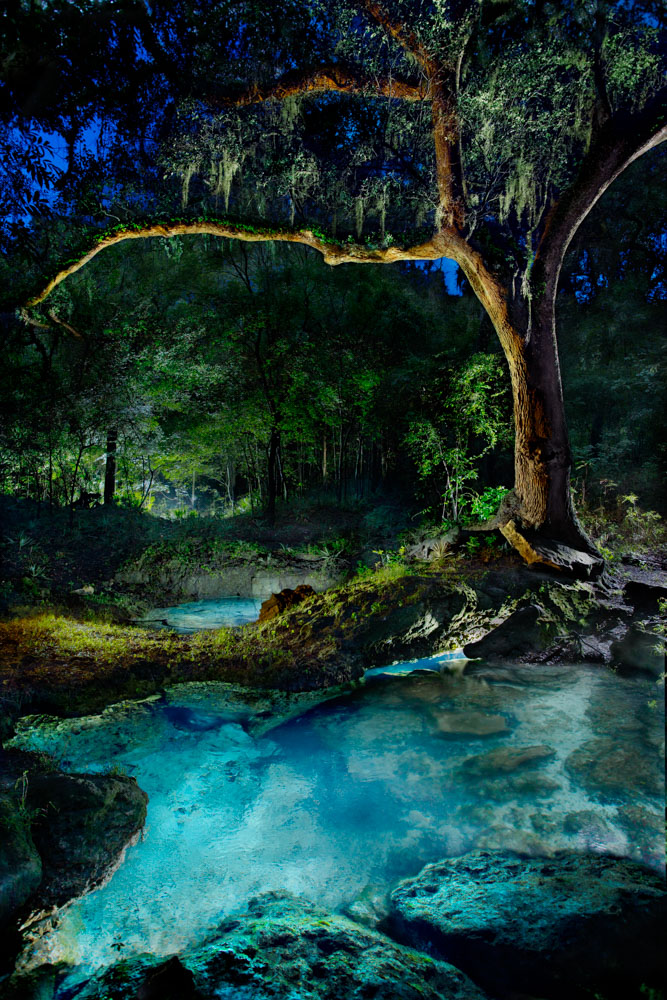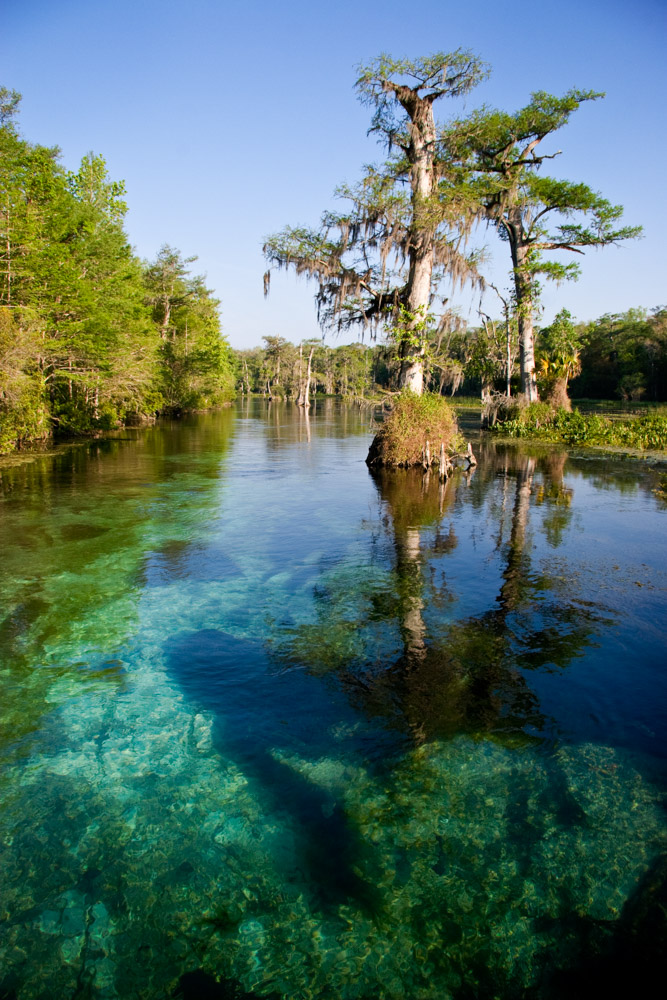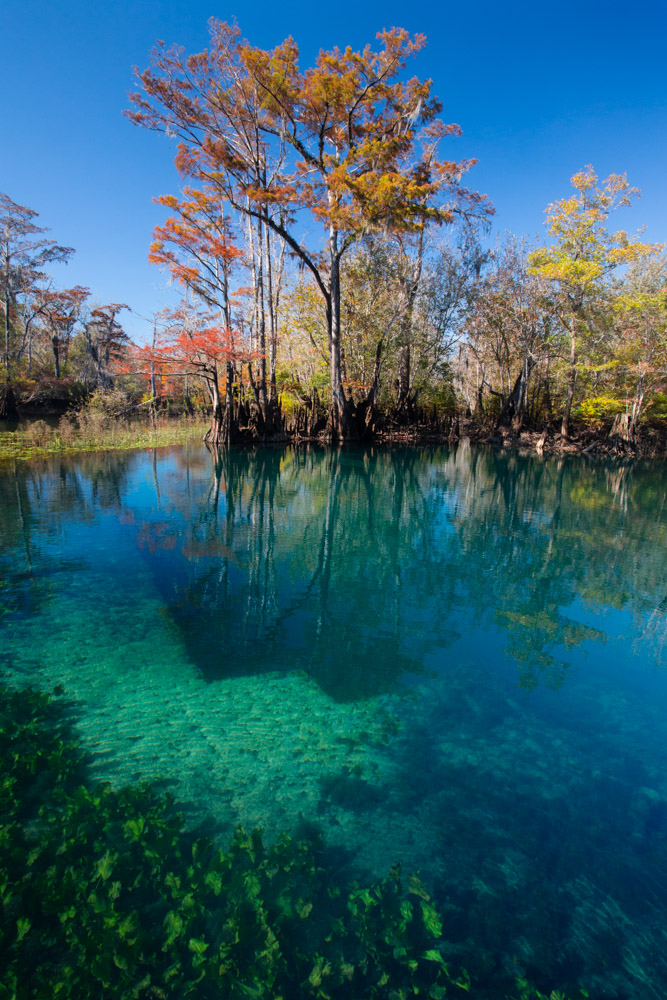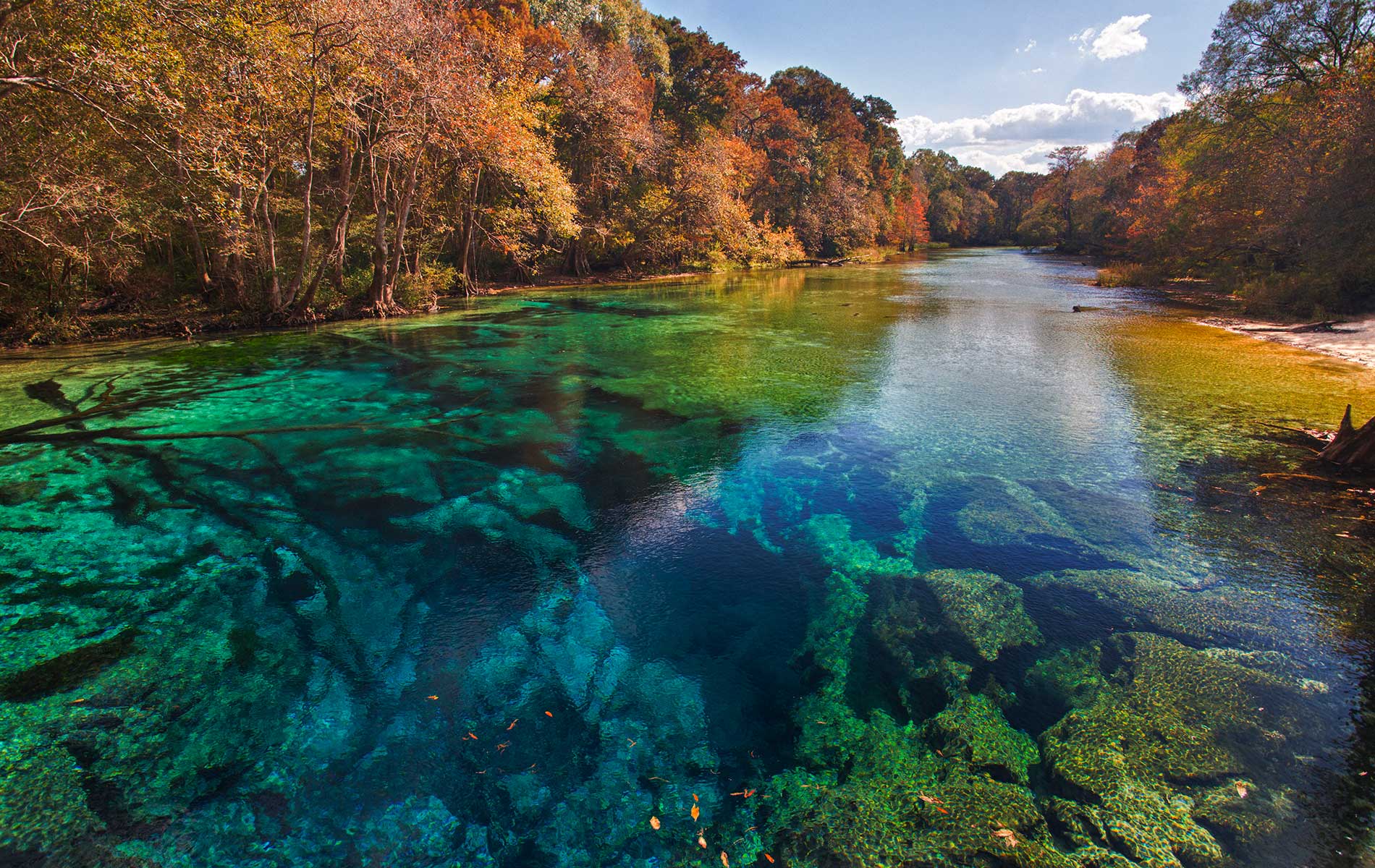
vie-magazine-florida-springs
Springs of Living Water
By Anne W. Schultz | Photography by David Moynahan
Stumbling upon a luminous pool of crystal clear water welling up in a dark, secluded forest is an almost-mystical experience. You see why Native Americans considered these waters sacred. Even in today’s scientific age, it’s startling to encounter intense blue water bubbling up from the earth like a vision in a dream or a mirage in a desert. In fact, a more scientific understanding of the geology and ancient origins of these pools makes God’s creation even more miraculous. The water’s transparency is a window into a subterranean kingdom more magical than Disney could ever have conceived. Hidden underground at depths up to three thousand feet, massive volumes of fresh water have flowed for millions of years through structures of porous limestone called the Floridan Aquifer. This is an extensive network of tunnels and passageways carrying an underground river across Florida and in places boiling up at the state’s more than seven hundred springs—the greatest concentration on the planet.
Springs are rare gems of nature, like a solar eclipse or the green flash after a sunset, that spark the imagination and awaken awe and wonder. Their sheltering vegetation and healing waters lured Native Americans to spring banks over ten thousand years ago. Spanish explorer Ponce de León, obsessed by the legend of the Fountain of Youth, dragged his men through swamps infested with gators and snakes in a relentless search for it. Springs drew Colonial Americans into the Florida interior, where they displaced the original inhabitants and created their own settlements. They also attracted Florida’s first tourists: wealthy tycoons, presidents, and others bumped down dusty roads in stagecoaches. Or they traveled by barge or, later, by steamboat, seeking springs’ refreshing waters as cures for various ailments. Glass-bottom boats made springs even more alluring as they allowed visitors a deeper look into an underwater wonderland. Mermaid shows and theme parks turned Florida springs into crowd-pleasing spectacles. Today the springs provide recreation for millions enthralled by kayaking, snorkeling, tubing, or cave diving in their crystal realms.
“The many springs that jewel the landscape of Florida are ornate exceptions to an environment usually veiled in obscurity,” writes Doug Stamm in The Springs of Florida. “They are translucent openings into a dominion very rare: a crystalline world of fresh water at the edge of the sea.” Each is unique. They appear in different sizes and flow through terrains in a variety of forms. Some produce clear-flowing rivers called spring runs. Others well up from the bottoms of streams, while some rise up offshore. Combined, they produce seven billion gallons of water a day. They are more numerous in northern Florida, where underlying limestone emerges closer to the surface. At least sixteen offshore springs occur in the Gulf of Mexico, north of Tampa, and along the coast of Florida’s Panhandle. Could that explain the unusual clarity and color of the Gulf in this region?
“Because Florida’s springs provide constant water flow, temperature, and chemistry, and admit an abundance of sunlight, they hold some of the most lush, biologically productive ecosystems in the world. They are home to the smallest species of fish in North America—the least killifish; to the largest reptile—the alligator; to endangered manatees; and to a spectacular assortment of wading birds and ducks,” according to Priceless Florida: Natural Ecosystems and Native Species, coauthored by Eleanor Noss Whitney, D. Bruce Means, and Anne Rudloe—all PhD experts. It’s possible to see abundant wildlife while swimming or snorkeling in springs; even from their banks, one can see through water so clear that fish appear to be suspended in air.
Hidden underground at depths up to three thousand feet, massive volumes of fresh water have flowed for millions of years through structures of porous limestone called the Floridan Aquifer.
Better yet, visit Wakulla Springs—one of the deepest and largest springs in the world—for the best wildlife viewing. Preserved since 1934 as a wildlife refuge and made Edward Ball Wakulla Springs State Park in 1986, this six-thousand-acre sanctuary south of Tallahassee is pristine territory where nature abounds.
A ranger-guided tour boat cruises the dark-green, silken river studded with ancient cypress trees seen by earlier generations in movies like Tarzan’s Secret Treasure and Creature from the Black Lagoon. It’s like an African safari where, safely protected in a vehicle, the ranger eases up to wildlife behaving naturally without fear of human intrusion. But you wouldn’t dare step out of the boat when you see what’s lurking about. Ten-foot-plus alligators send passengers scurrying from side to side of the boat for a closer inspection of these prehistoric reptiles. Birds are everywhere. Ibis and egrets drift up like white clouds, then suddenly evaporate like mist into the surrounding greenery. The Florida anhinga is often seen spreading its wings to dry in the sun. With the patience of Job, a great blue heron stands motionless waiting for a bite. If you’re lucky you might spot a Florida limpkin, one of the state’s rarest birds, using its hooked bill to pluck an unlucky apple snail from its shell. Apple snails are the largest freshwater snail species in North America.
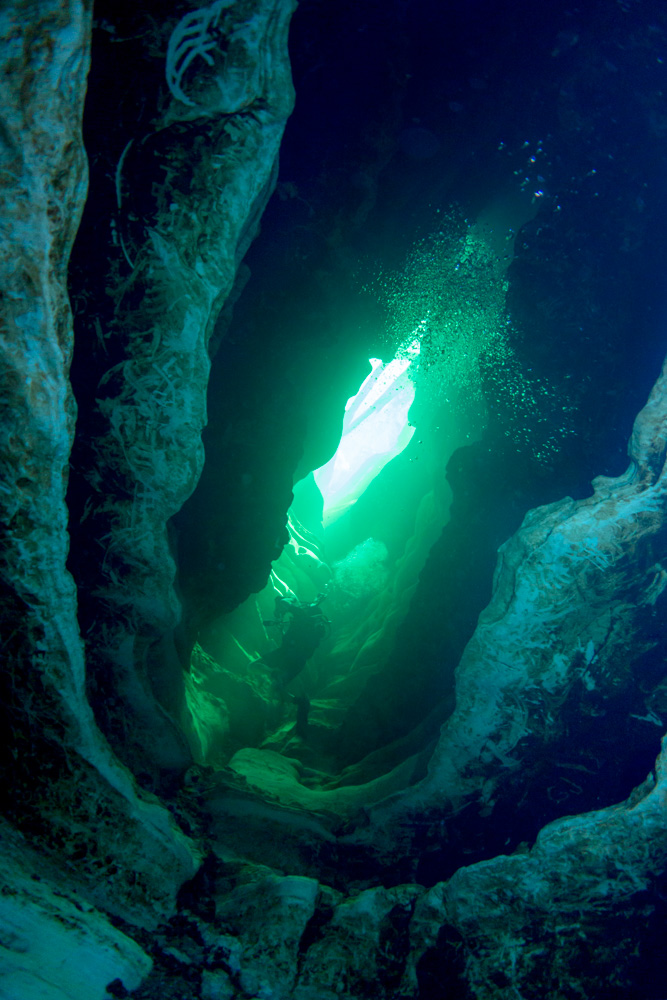
Passengers shriek when they spot a massive shape underwater: a Florida manatee, one of the thousands that arrive every winter like snowbirds fleeing the cold. These tropical marine mammals cannot survive in water colder than sixty-five degrees Fahrenheit. They would perish without the springs as a refuge when the ocean chills up. With their docile personalities and almost comical appearance, they are among Florida’s most beloved visitors.
What passengers cannot see are aquatic caves more than two hundred feet below the surface. The sandy floor of a tunnel descending into that abyss is littered with bones of mastodons that lived during the Ice Age, when lower water levels left the cave dry. Cave divers exploring this extensive labyrinth report an immense room some two hundred feet across with an arched ceiling. These huge spaces provide a habitat for large numbers of species with senses adapted to darkness.
For an intimate encounter with a spring environment,it’s hard to beat a kayak trip down Ichetucknee River, a six-mile spring run produced by eight major springs.
For an intimate encounter with a spring environment, it’s hard to beat a kayak trip down Ichetucknee River, a six-mile spring run produced by eight major springs. From May until early September, the river is packed with visitors floating on inner tubes. Go before or after that season, when the river is practically empty and blessedly quiet! A thick hardwood forest with immense cypress trees draped in Spanish moss walls you off from the outside world. The waterway is broad and shallow with such a slow current it requires little effort to paddle. Bathed in silence and lulled by the tranquility of flowing water, you soon slip away from the modern world into the one Native Americans paddled down for thousands of years.
Fish and turtles weave through fields of swaying eelgrass, its bright green color a lively contrast to stark clearings of chalky sand interspersed with craggy limestone. Turtles are lined up in a row sunbathing on logs or in the water near you, so close you could reach out and touch their shells. You hear plop, plop, plop as one by one they roll into the water upon your approach. The quiet sharpens your senses until your ears pick up the buzz of a bee or the high-pitched whine of a mosquito. Wind ruffles the water and sends tree leaves trembling. A startled deer rustles the grass, then bounds through dry, crackling underbrush. The sun creates a path of diamonds down the water and warms your face.
Immersed in this scene, it’s easy to comprehend the Native Americans’ spiritual connection to nature. They weren’t partitioned off from the natural world like we are by walls and ceilings, or caged up in cars, or wired to the latest device. They spent most of their time outdoors. Over thousands of years, interacting with and closely observing the natural world taught them more about its complexities, intricate patterns, and how everything is interconnected and interrelated. “Not only did Native Americans regard nature as spiritual, but they also developed a practical balanced approach for taking care of it,” says Peter Scalco, manager of Wakulla Springs State Park. “They understood they were part of nature, so how they impacted nature in turn impacted them.”
We have gradually lost that connection over the last couple of hundred years we’ve lived here, especially since the Industrial Revolution, when people moved from farms into cities. Advancing technology accelerates the pace of separation from the natural world as it keeps us indoors more often.
Not only did Native Americans regard nature as spiritual, but they also developed a practical balanced approach for taking care of it.
On a recent kayak trip to Ichetucknee Springs, my husband and I noticed some alarming changes from our last visit ten years ago. This time, instead of being crystal clear the entire length, the water looked murky with sediments not far from where we put our kayaks in. Those lovely beds of eelgrass, once so electric green, are now coated in brownish gunk. We did see wildlife but not nearly as much as before. Driving in, we noticed signs on the road about protecting the springs, while placards placed around the park alerted visitors to its current threats. A park brochure informed us: “In recent years, the level of nitrates in water flowing from the springs has increased forty-five times the natural level.”
The contamination of springs is a visible warning that groundwater in the aquifer is also impaired. Murkiness is not the only indication. In his Tampa Bay Tribune article “Florida’s Vanishing Springs,” staff writer Craig Pittman lists others: “The water in many springs no longer boils up like a fountain, the way they have for centuries. The water that does come out is polluted by nitrates. The pollution fuels the growth of toxic algae blooms, which are taking over springs and the rivers they feed and putting human health at risk. Finally, the fresh water coming out of many springs is showing signs of a growing saltiness, according to a study by the Florida Geological Survey. All of it—particularly the saltiness—is a dark omen for the future of the state’s water supply.”
The Floridan Aquifer provides drinking water for most of north and central Florida, including municipalities like Tallahassee, Jacksonville, and St. Petersburg. Pittman explains why springs are deteriorating: “the evidence points to too much pumping of fresh water—millions of gallons a day sprayed on suburban lawns and farmers’ fields, run through showers and flushed down toilets, turned into steam to crank turbines for electricity, or siphoned into plastic bottles for sale around the country. Floridians use 158 gallons of water a day per person, about 50 more than the national average.”
As the authors of Priceless Florida remind us, “It behooves us, then, to protect and maintain our springs. Not only are they beautiful and important habitats for living things, they also are the guardians of our safety and health.” We can learn how to conserve our precious resources by following the wisdom of America’s first peoples. They treated nature with the dignity and respect it deserves as a sacred gift from the Creator. This prayer from the Episcopal Book of Common Prayer might be the place to start: “Open, O Lord, the eyes of all people to behold thy gracious hand in all thy works, that, rejoicing in thy whole creation, they honor thee with their substance, and be faithful stewards of thy bounty.”
— V —
Learn how you can help protect these Florida treasures at floridasprings.org.
For more information about both Wakulla and Ichetucknee Springs State Parks, visit floridastateparks.org.
Share This Story!
KEEP UP WITH THE LATEST STORIES FROM VIE



